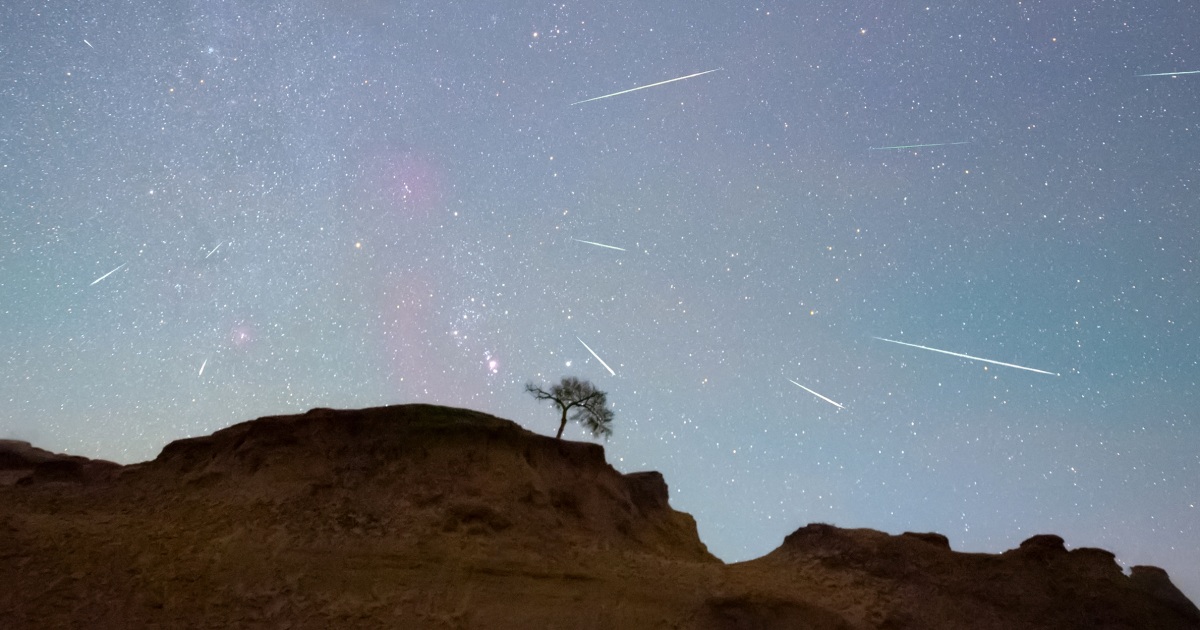
Van Allen Radiation Belts
Van Allen Radiation Belts are two donut-shaped regions surrounding the Earth where high-energy charged particles, mostly protons and electrons, are trapped by the Earth's magnetic field. The inner belt is located between 1,000 and 5,000 km above the Earth's surface, while the outer belt is located between 13,000 and 60,000 km above the Earth's surface. The particles in the belts can be hazardous to spacecraft and astronauts, causing damage to electronics and increasing the risk of cancer and other health problems. The belts were discovered in 1958 by James Van Allen using data from the Explorer 1 satellite.
Your Previous Searches
Random Picks
- Geiger-Muller Tubes: Geiger-Muller Tubes are radiation detectors used in space and astronautical engineering to measure ionizing radiation. They consist of a cylindrical metal tube filled with a low-pressure gas such as helium, neon, or argon. The tube has a th ... Read More >>
- Liquid Propellant: Liquid propellant is a type of rocket propellant that is stored in liquid form and used to power rockets and spacecraft. It consists of two separate components, a fuel and an oxidizer, that are stored separately and then combined in a combu ... Read More >>
- Testing: In the context of aerospace engineering, testing refers to the process of evaluating the performance, reliability, and safety of aerospace systems and components under controlled conditions. This can include testing individual components, s ... Read More >>
Top News

Bestselling author explains the science of happiness: "You can do the work"...
Bestselling author and Harvard professor Arthur Brooks opens up about how enjoyment, satisfaction and meaning in life can increase a person's wellbeing....
News Source: CBS News on 2024-11-18

November's full moon, known as the Beaver Moon, is the last supermoon of 2024. H...
November's full moon, known as the Beaver Moon, is the last supermoon of 2024. Here's when it peaks and why it's called the Beaver Moon....
News Source: CBS News on 2024-11-15

You can't put a price on the sense of awe particle physics inspires...
Astronomy and particle physics are no longer seen as vital by the US establishment, so funding has fallen. But our work creates a sense of wonder, and wonder matters, says Chanda Prescod-Weinstein...
News Source: New Scientist on 2024-11-13

If you want to stretch your gift game into days this holiday, check out these ad...
The advent calendar phenomenon is growing every year, with so many exciting, fun, beautiful, and delicious options available...
News Source: ABC News on 2024-11-04

November brings a bonanza of meteor showers...
November brings a skywatching bonanza, with three meteor showers — the Southern Taurids, Northern Taurids and Orionids — offering chances to see shooting stars....
News Source: NBC News on 2024-11-02